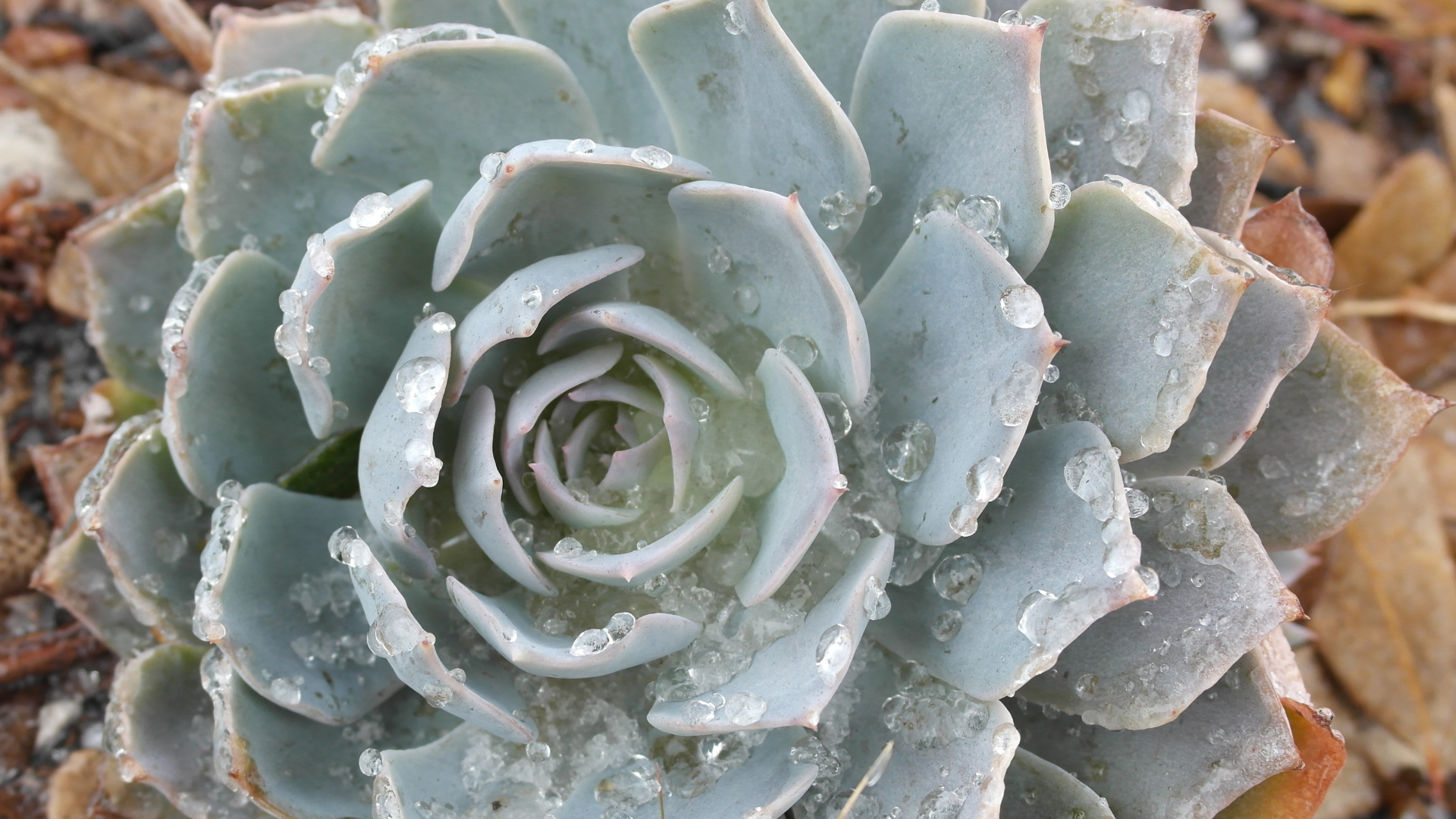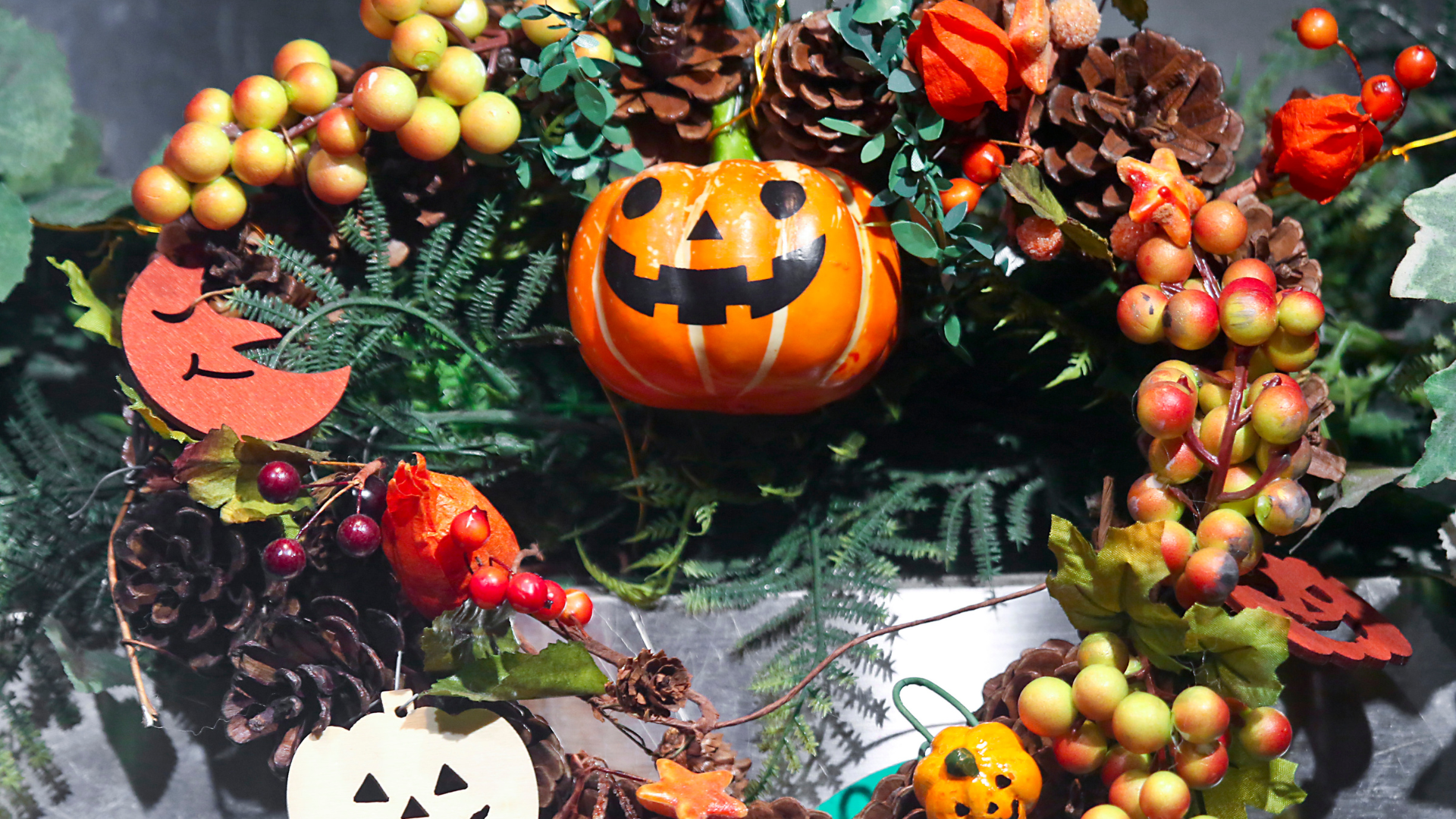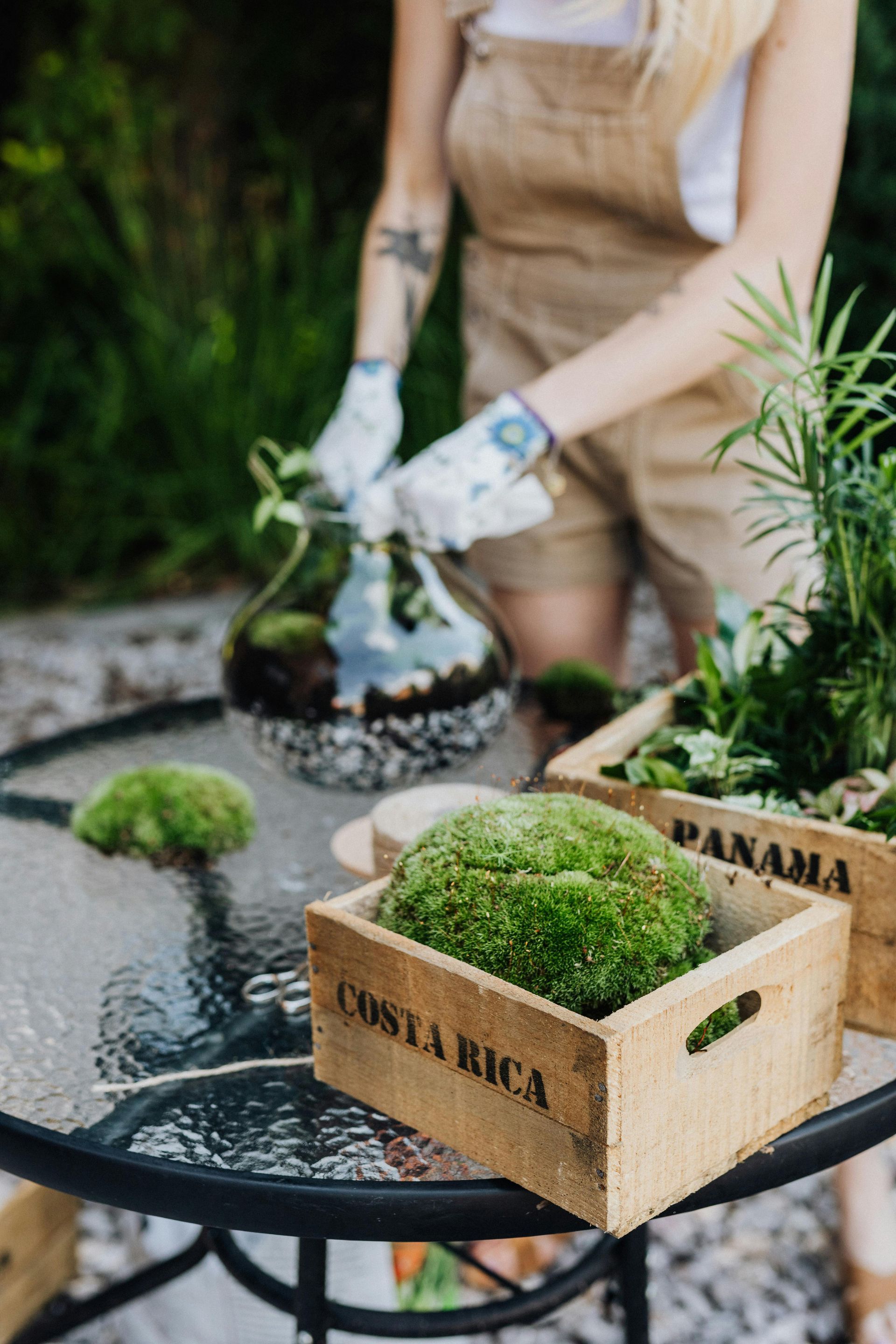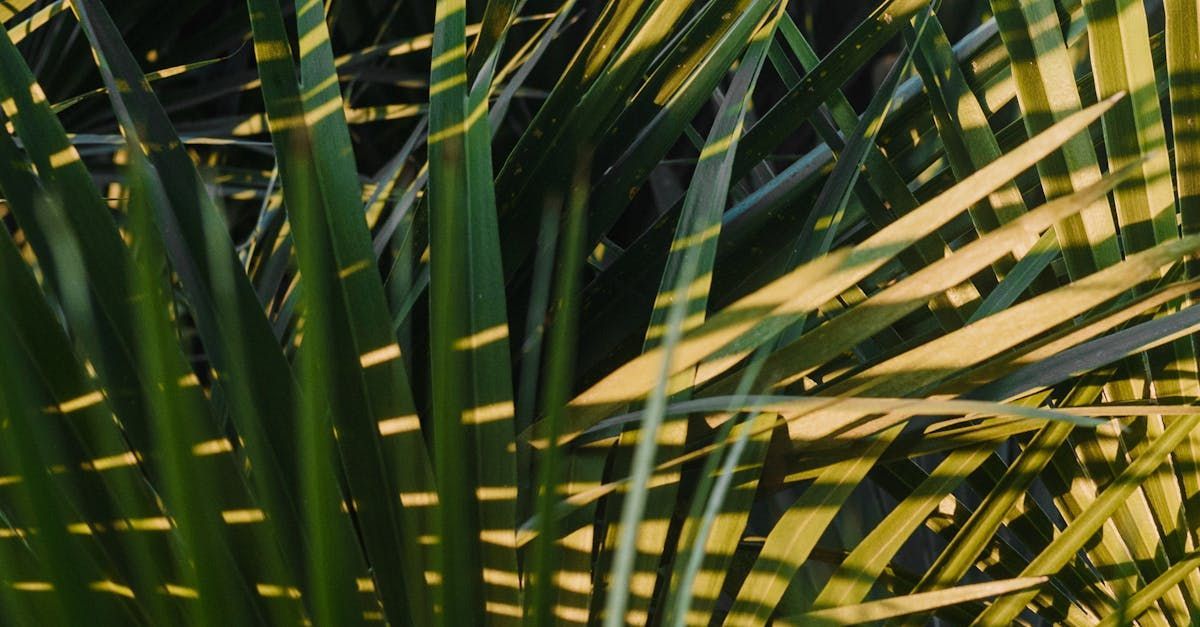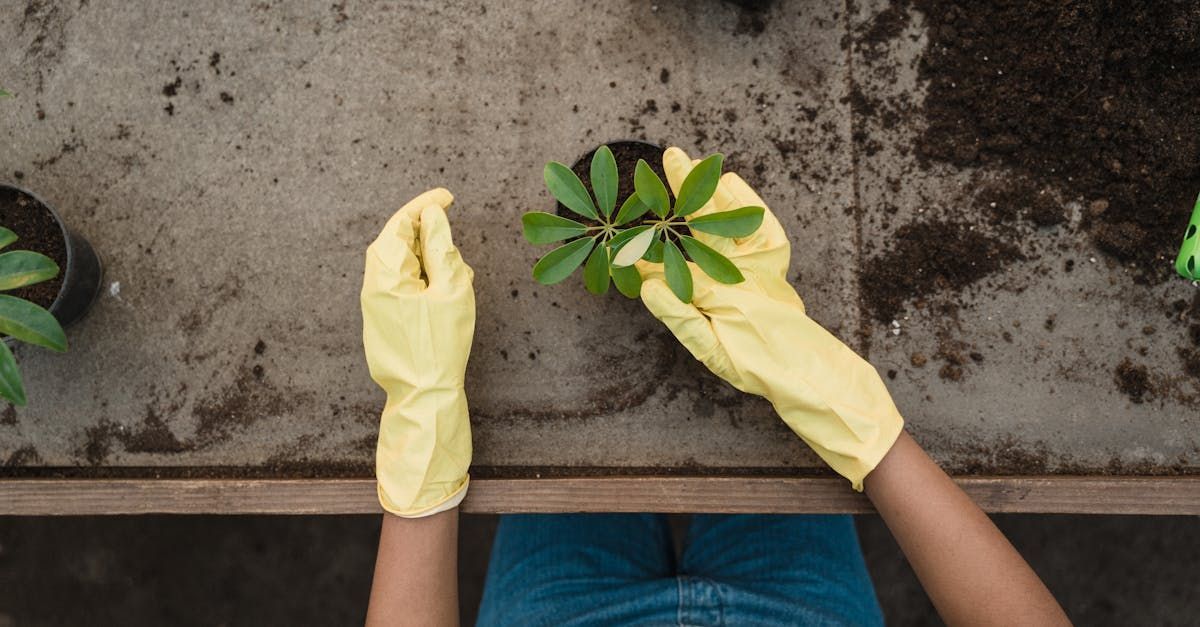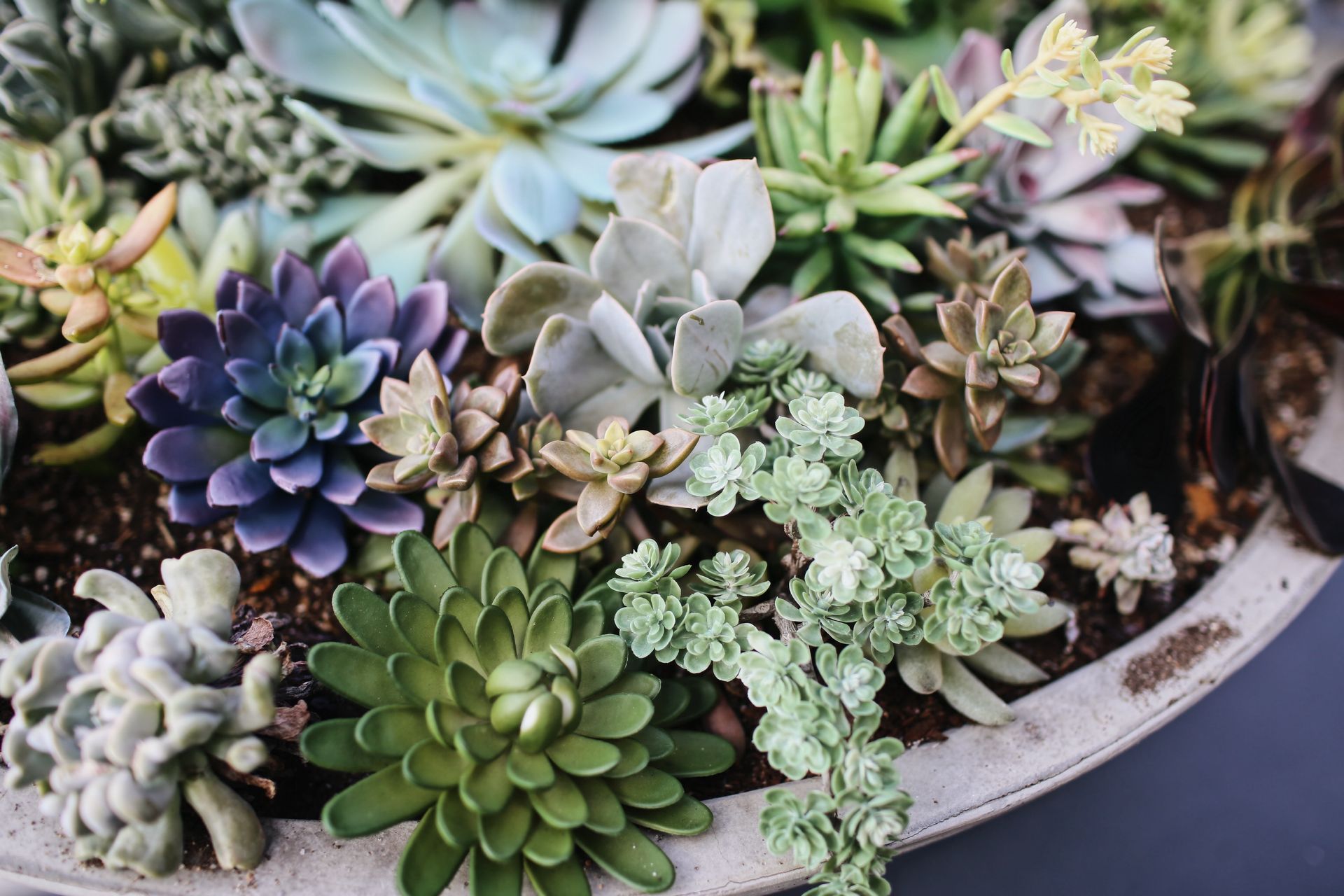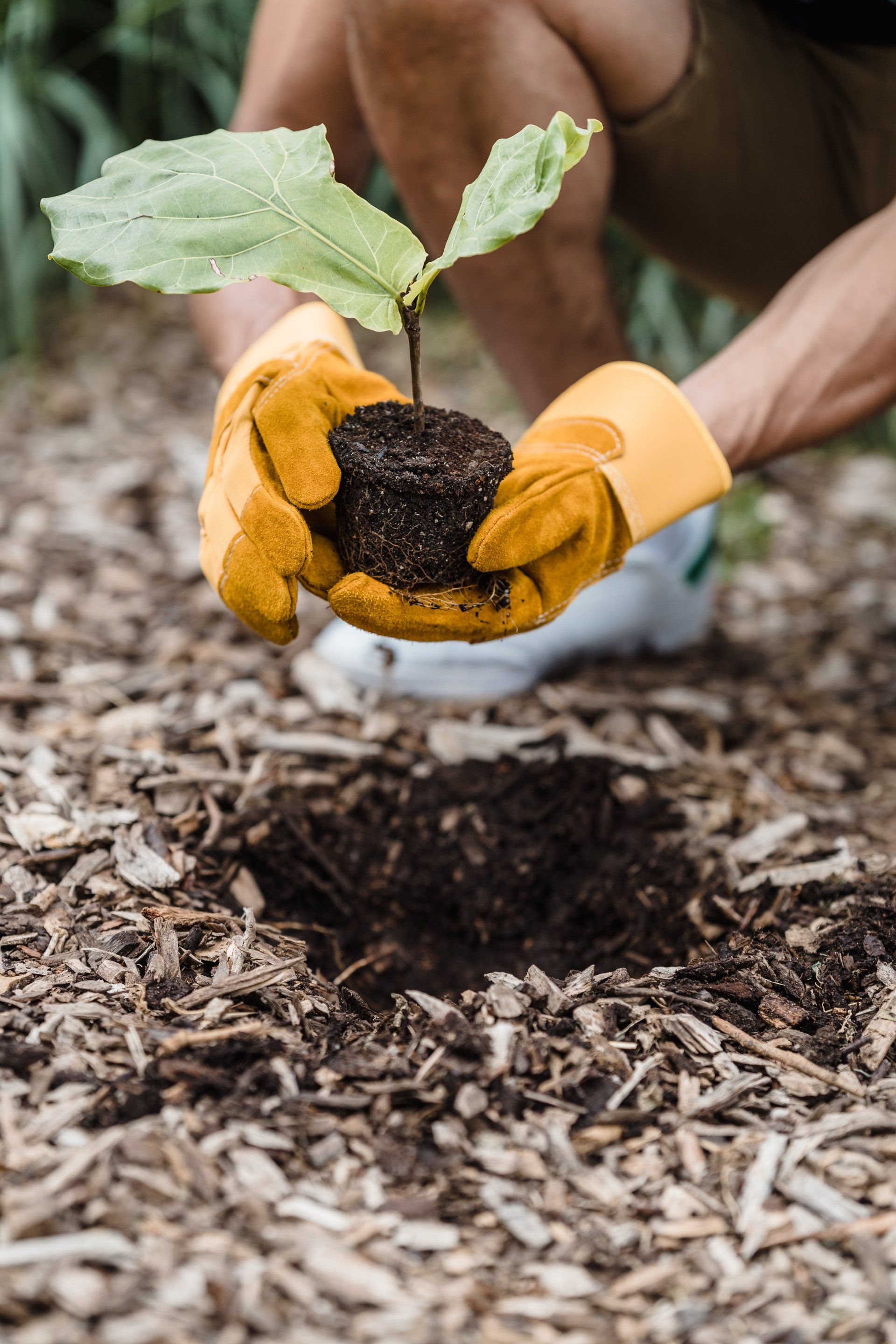Tips on Keeping Your Succulents and House Plants Thriving This Summer
Summer brings vibrant sunshine and longer days, creating the perfect environment for your house plants and succulents to flourish. Just keep in mind that as the temperatures rise, it's essential to adjust your plant care routine to ensure your succulents and house plants stay healthy and happy.
Make Sure You Have a Proper Watering Schedule
One of the most crucial aspects of plant care during the summer is maintaining a consistent watering schedule. Succulents, known for their water-retaining abilities, prefer infrequent but thorough watering. On the other hand, most house plants thrive with regular watering, ensuring the soil remains moist but not waterlogged. Adjust your watering frequency based on the individual needs of each plant to prevent overwatering or underwatering.
Keep Adequate Sunlight Exposure
Sunlight is essential for plant growth, but during the intense summer months, it's important to provide your plants with adequate light without subjecting them to direct harsh sunlight for extended periods. Place your succulents in bright, indirect light and rotate your house plants regularly to ensure even light distribution. Monitoring your plants' response to light exposure can help you find the perfect spot for them to bask in the summer sun.
Maintain Proper Humidity Levels
Indoor environments can become dry during the summer due to increased air conditioning usage. To maintain optimal humidity levels for your plants, consider using a humidifier or placing a shallow tray filled with water and pebbles near your plants to create a more humid microclimate. Regular misting can also help keep your plants hydrated and happy.
Don’t Forget to Prune and Groom
Summer is an excellent time to inspect your plants for any signs of overgrowth, yellowing leaves, or pests. Pruning dead or damaged foliage, grooming your plants by removing dust from their leaves, and checking for any insects can promote healthy growth and prevent problems before they escalate. A little maintenance goes a long way in ensuring your plants look their best.
Have a Fertilizing Routine
During the growing season, your plants may benefit from a light fertilizing regimen to provide them with essential nutrients for robust growth. Choose a balanced, water-soluble fertilizer specifically formulated for indoor plants and apply it according to the instructions on the label. Be mindful not to over-fertilize, as this can lead to nutrient imbalances and potential damage to your plants.
Monitor Changes in Temperature
As temperatures fluctuate during the summer, try to pay attention to any drastic changes that could impact your plants. Keep your plants away from drafty areas, air vents, or windows that receive direct heat to prevent stress or damage. Maintaining a stable temperature range can help your plants thrive in a comfortable environment.
Repot When Necessary
Summer is an ideal time to assess whether your plants have outgrown their current pots and need repotting. Check for roots that are circling the bottom of the pot or emerging from the drainage holes, as these are indications that your plant may need a larger container. Repotting can provide your plants with fresh soil, more space to grow, and improved drainage.
Regularly Check Your Plants
Consistent monitoring of your plants' health and appearance is key to addressing any issues promptly and ensuring their well-being. Take the time to observe your plants closely, look for changes in growth patterns, and address any concerns such as wilting, discoloration, or pests. By staying proactive and attentive, you can maintain healthy and thriving succulents and house plants throughout the summer season.

By following these guidelines and adapting them to the specific needs of your plants, you can enjoy a green oasis indoors that flourishes under the warmth of the summer sun. We also invite you to sign up to our regular newsletter for more plant care tips and news about our upcoming local events. Happy gardening from Plant & Sip!
Plant & Sip Latest News


